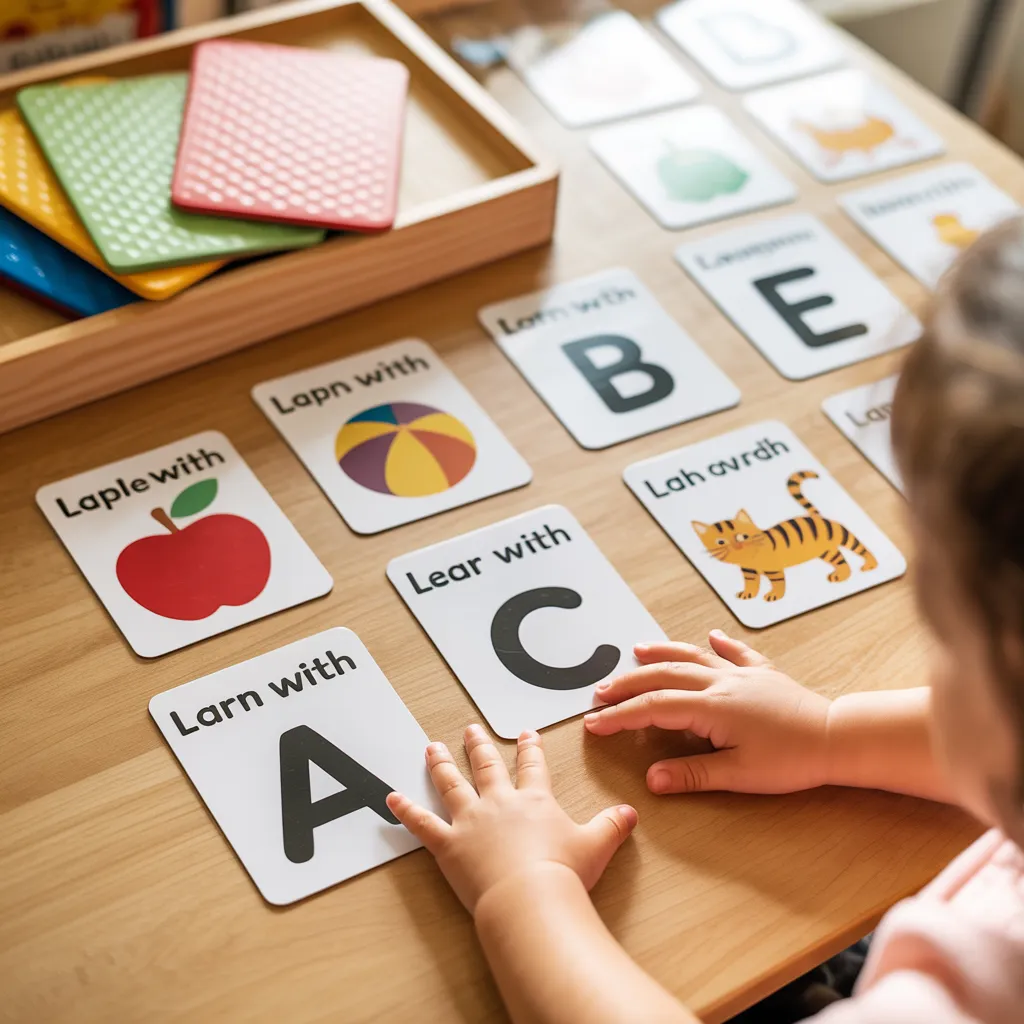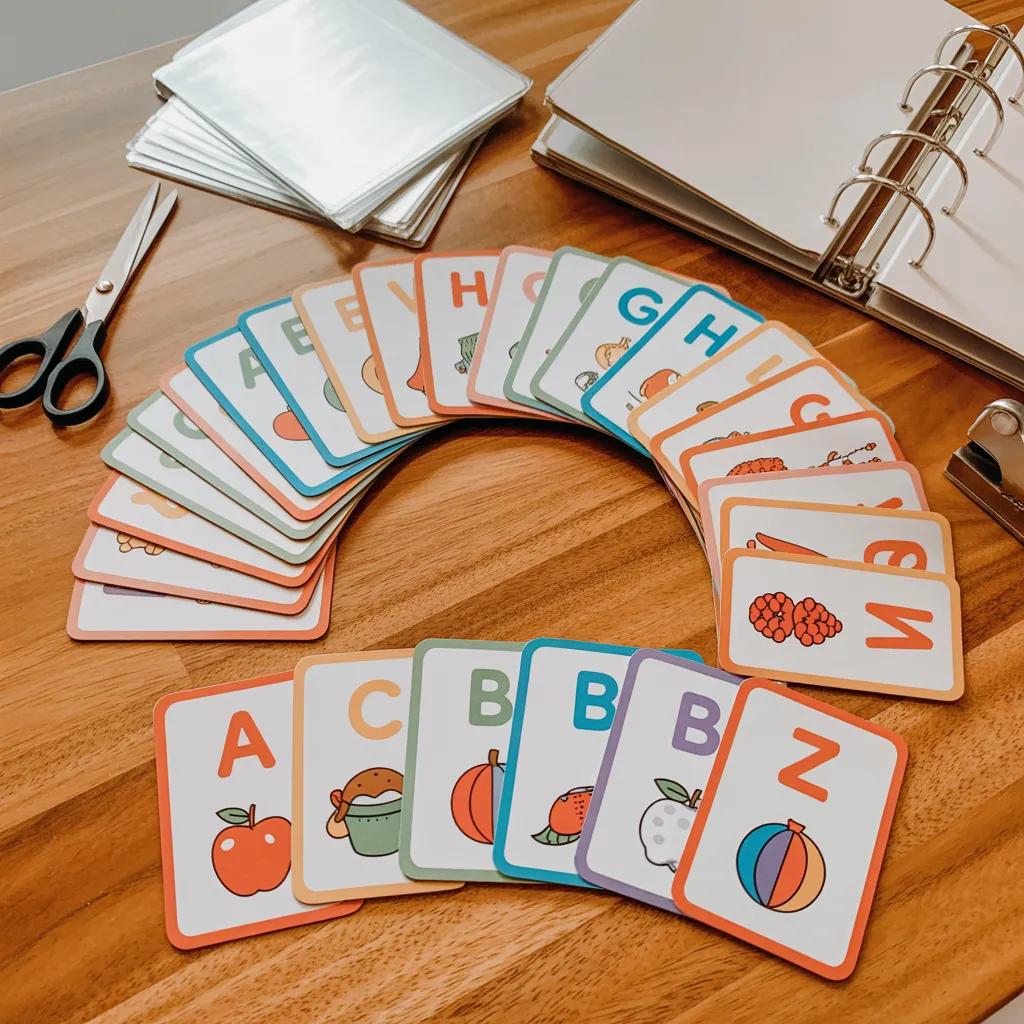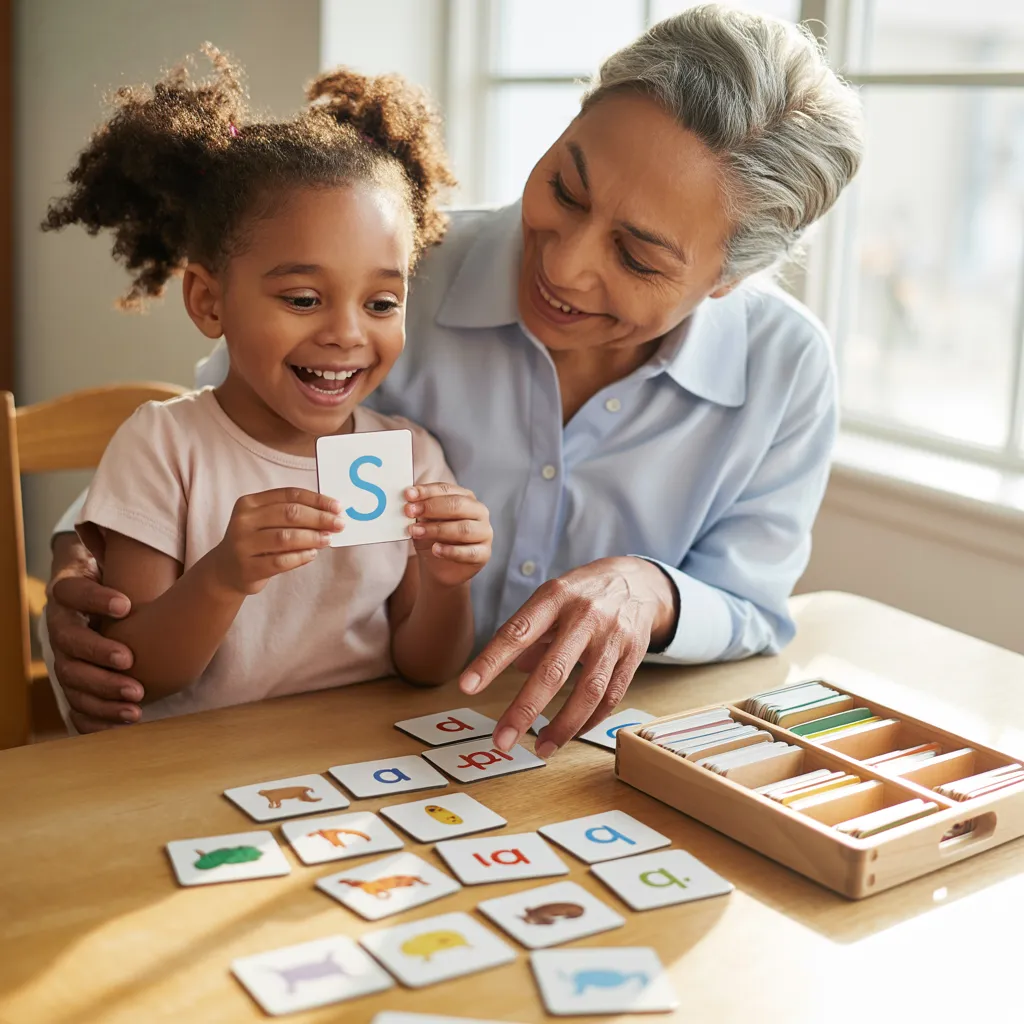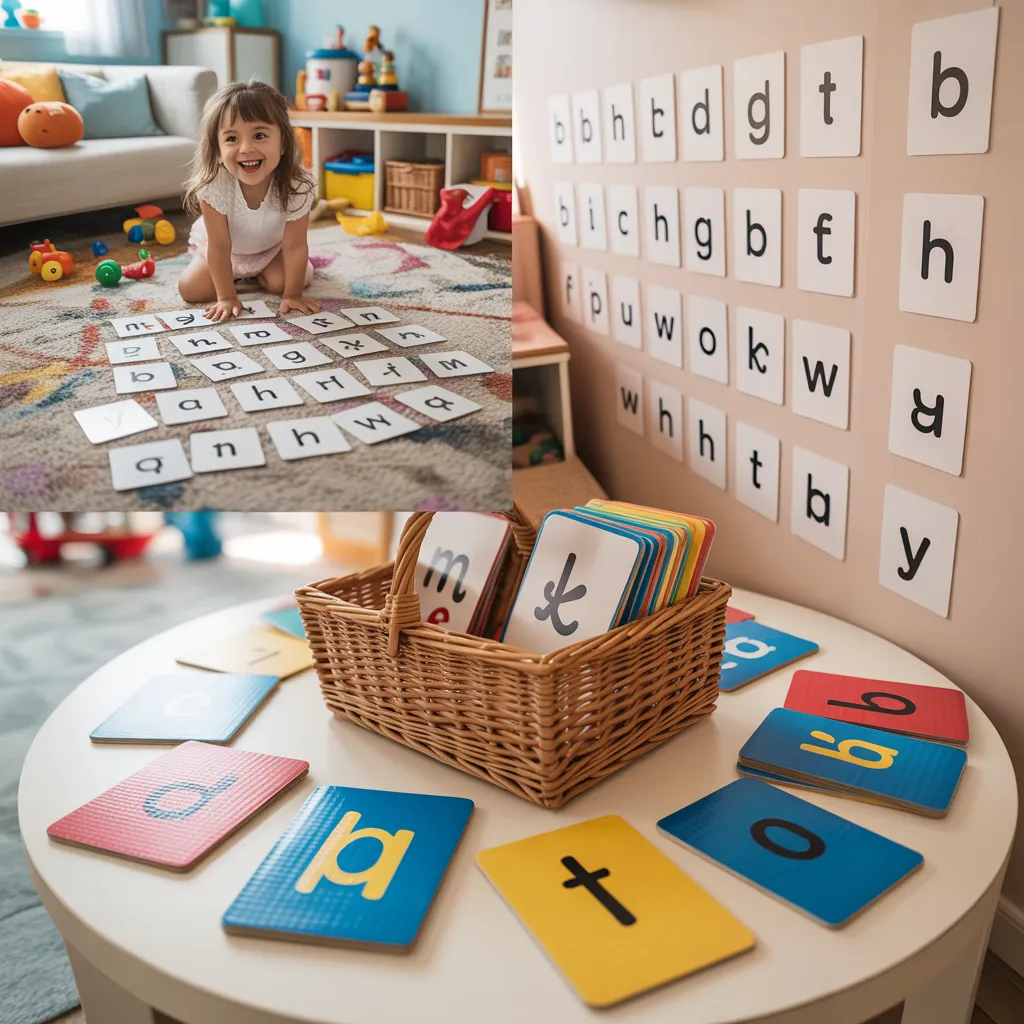In the journey of early childhood education, few tools are as versatile and effective as alphabet flashcards printable resources. These simple yet powerful learning aids serve as the foundation for literacy development, offering children a tangible way to connect with the abstract concept of letters and their sounds. Whether you’re a parent supporting learning at home, a teacher designing classroom activities, or a caregiver seeking engaging educational materials, alphabet flashcards provide an accessible entry point to the world of reading and writing. The beauty of printable versions lies in their immediate availability, customization options, and cost-effectiveness compared to store-bought alternatives. As we explore the many creative ways to use alphabet flashcards printable resources, you’ll discover how these humble learning tools can transform letter recognition from a challenging task into an exciting adventure that sets children on the path to reading success.

Benefits of Using Alphabet Flashcards Printable Resources
The advantages of incorporating printable alphabet flashcards into your teaching toolkit extend far beyond basic letter recognition, making them an invaluable resource for comprehensive literacy development.
Cognitive Development Through Alphabet Flashcards
When children interact with alphabet flashcards printable materials, they’re engaging in much more than rote memorization. These visual learning tools help establish crucial neural pathways for letter recognition, sound association, and memory formation. The consistent exposure to letter shapes and corresponding images creates stronger mental connections, reinforcing both the visual appearance of letters and their phonetic sounds. Research suggests that this dual-coding process—connecting visual symbols with auditory information—significantly enhances retention and recall abilities. Additionally, when children manipulate physical flashcards through sorting, matching, and sequencing activities, they develop executive function skills like attention, working memory, and cognitive flexibility that benefit all areas of learning.
Cost-Effective Learning With DIY Printable Options
One of the most practical advantages of alphabet flashcards printable resources is their affordability compared to commercial alternatives. With just a computer, printer, and basic supplies, parents and educators can create high-quality learning materials that rival store-bought versions at a fraction of the cost. This budget-friendly approach allows for the replacement of damaged cards without hesitation and enables customization based on individual learning needs. For classrooms or families with multiple children, the savings become even more significant while maintaining educational value. The ability to print only what you need, when you need it, also reduces waste and allows for progressive introduction of letters based on each child’s development and readiness.

How to Maximize Learning With Alphabet Flashcards
To unlock the full potential of alphabet flashcards printable resources, consider these evidence-based approaches that transform simple cards into powerful teaching tools.
Multisensory Engagement Techniques
The most effective alphabet flashcards printable activities engage multiple senses simultaneously, creating stronger learning connections. Consider laminating your printed flashcards and adding textured materials like sandpaper, fabric, or puffy paint to the letter outlines, inviting tactile exploration as children trace each shape with their fingers. Incorporate movement by having children form the letters with their bodies or use large motions to « air write » each letter after viewing the card. Add auditory components by creating consistent sound effects or memorable phrases for each letter-sound relationship. These multisensory approaches accommodate different learning preferences while reinforcing concepts through multiple cognitive pathways, significantly enhancing retention and transfer of knowledge to reading and writing tasks.
Progressive Learning Sequences
Rather than introducing all 26 alphabet flashcards printable cards at once—which can overwhelm young learners—implement a thoughtful sequence that builds confidence and mastery. Consider beginning with the letters in a child’s name, creating immediate personal connection and motivation. Then introduce high-frequency letters that appear commonly in simple words (like M, S, A, T, P) before moving to less common letters. Alternatively, group letters with similar formation patterns or sound characteristics, helping children recognize relationships between letters. Whatever sequence you choose, ensure mastery of 3-5 letters before adding new ones, regularly reviewing previously learned letters to reinforce memory and prevent forgetting.

Creative Ways to Use Alphabet Flashcards Printable Resources
Moving beyond basic letter drilling, these inventive activities transform alphabet flashcards into versatile tools for engaging, playful learning.
Interactive Games That Reinforce Recognition
Transform alphabet flashcards printable materials into exciting games that make letter learning feel like play rather than work. Create an alphabet scavenger hunt by hiding flashcards around a room, challenging children to find specific letters and make their sounds when discovered. Play alphabet memory match by creating duplicate sets of cards placed face down, requiring children to remember card locations while identifying letters. For active learners, try « Alphabet Freeze Dance »—play music while children dance, and when the music stops, hold up a flashcard that children must identify before continuing. These game-based approaches maintain high engagement levels while providing the repeated exposure necessary for mastery, and can be easily adjusted for different age groups and skill levels by modifying rules or adding complexity.
Extending Learning Beyond Basic Recognition
Alphabet flashcards printable resources can support literacy development well beyond basic letter identification. Use them to build phonological awareness by sorting cards by beginning sounds or creating simple word families. Practice alphabetical sequencing by challenging children to arrange the cards in order, first with visual support and later from memory. For emerging readers, combine letter cards to form simple CVC (consonant-vowel-consonant) words like « cat » or « pin, » helping children understand how letters work together to create meaningful words. Advanced learners can use the cards for storytelling prompts, creating narratives that incorporate words beginning with selected letters or using the images on picture alphabet cards as characters in imaginative tales.

Designing Effective Alphabet Flashcards at Home
Creating your own alphabet flashcards printable materials allows for customization that perfectly matches your child’s interests and learning needs.
Essential Design Elements for Maximum Engagement
The most effective alphabet flashcards printable designs incorporate specific features that optimize learning and maintain interest. Choose a clean, simple font that clearly displays the letter formation without decorative elements that might confuse early learners—fonts like Comic Sans, despite criticism from design professionals, actually present letters in forms similar to how children learn to write them. Include both uppercase and lowercase versions of each letter, as children need to recognize both forms. For picture associations, select clear, recognizable images that strongly connect to the letter sound (avoid abstract concepts or items that could begin with multiple sounds). Consider using consistent color coding—perhaps following phonetic patterns or letter families—to help children recognize relationships between letters. Finally, ensure adequate white space around each element to prevent visual overwhelm and help direct attention to the essential components.
Conclusion: Embracing the Versatility of Alphabet Flashcards
Alphabet flashcards printable resources represent one of the most adaptable, effective tools available for early literacy development. By selecting thoughtfully designed cards, implementing varied learning activities, and maintaining a playful approach, parents and educators can transform the potentially tedious task of letter learning into an engaging journey of discovery. Remember that consistency matters more than intensity—brief, regular practice sessions yield better results than occasional marathon efforts that might lead to frustration or disengagement.
As you incorporate these versatile learning tools into your teaching repertoire, observe your child’s response and be willing to adapt your approach based on their interests and learning style. The journey to literacy is unique for each child, and the flexibility of printable flashcards allows you to customize that journey in ways that commercial products cannot. Whether you’re supporting a preschooler just beginning to explore letters or a school-age child needing additional practice with challenging letters, printable alphabet flashcards provide a foundation for success that grows with your child’s developing skills.
15 Magical Fun Ways to Learn the Alphabet That Transform Early Learning
FAQ About Alphabet Flashcards Printable Resources
When should I introduce alphabet flashcards to my child?
Most children show readiness for alphabet flashcards printable materials between ages 2-4, though individual development varies significantly. Look for interest signals like pointing to letters in the environment, asking what written words say, or pretending to read. Begin with casual, playful exposure rather than formal drilling, perhaps focusing on just the letters in their name. Keep sessions brief (3-5 minutes) and positive, following the child’s lead. If a child shows frustration or disinterest, set the cards aside for a few weeks before trying again with a different approach. Remember that early exposure builds familiarity even before formal recognition develops.
How many flashcards should I introduce at once?
Research suggests that young children learn most effectively when new information is presented in small, manageable chunks. Start with just 3-5 alphabet flashcards printable cards, ensuring mastery before adding more. Focus on letters that have personal meaning (like those in the child’s name) or high-utility letters that appear frequently in simple words. Practice these few letters until the child can consistently identify them before introducing 2-3 new ones, while continuing to review previously learned letters. This gradual approach prevents overwhelm and builds confidence through success experiences, creating positive associations with letter learning.
How can I help a child who confuses similar-looking letters?
Letter reversals and confusion between similar letters (like b/d, p/q, or m/w) are completely normal during early literacy development, often persisting until age 7. When using alphabet flashcards printable resources with children who experience these challenges, try these specialized approaches: Create distinct visual or kinesthetic memory hooks for easily confused letters (like the « bed » hand trick for b/d distinction). Use contrasting colors to highlight directional differences. Position frequently confused letters on opposite sides of a learning space rather than presenting them consecutively. Incorporate multisensory techniques that engage multiple learning pathways, such as tracing letters in sand while saying their sounds. With patience and consistent exposure, these confusions naturally resolve as visual discrimination skills mature.
Can digital alphabet flashcards replace printable versions?
While digital alphabet flashcards offer advantages like animation, interactive features, and audio components, research suggests that physical flashcards provide unique benefits that screen-based alternatives cannot fully replicate. The tactile experience of handling physical cards develops fine motor skills essential for writing. Physical cards also allow for greater flexibility in games and activities, particularly those involving movement or manipulation. Additionally, print materials don’t contribute to screen time concerns. For optimal learning, consider using both formats complementarily—digital for engagement and variety, physical for hands-on manipulation and versatility—while being mindful of total screen exposure for young children.

Ping : 25 Brilliant Alphabet Crafts for Toddlers That Spark Early Literacy - smartkidsprintable
Ping : 15 Transformative Alphabet Learning Chart Ideas to Supercharge Literacy Development - smartkidsprintable